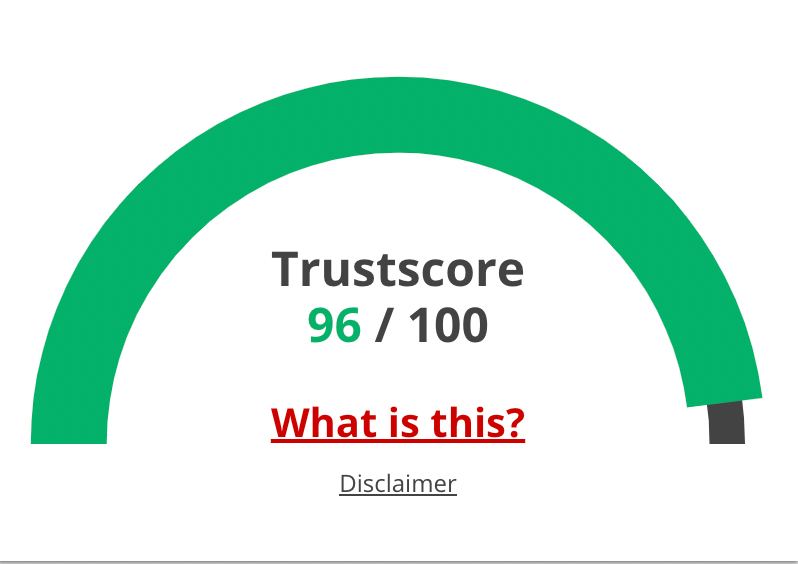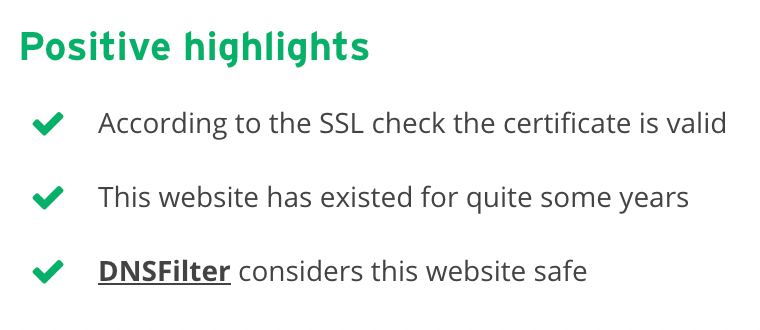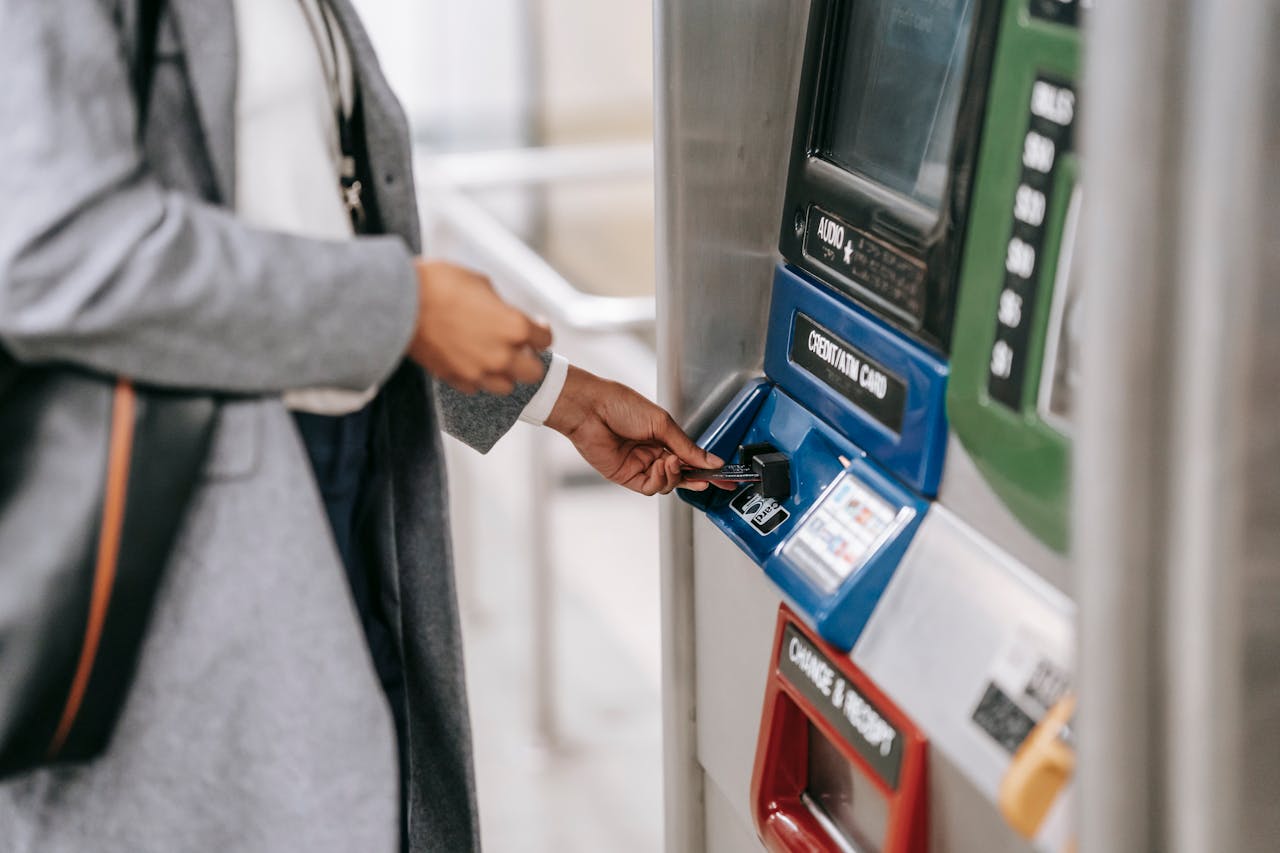In the rapidly evolving cryptocurrency market, businesses are increasingly looking for swift and efficient ways to provide wallet services to their customers. White label solutions, which allow companies to rebrand a ready-made product as their own, offer a streamlined path to launching a crypto wallet. This approach accelerates the go-to-market process and minimizes development costs and complexities.

White label solutions are products or services produced by one company but branded and sold by another. These solutions allow the purchasing company to market the product as their own, enabling them to offer a product or service without investing in creating the technology or infrastructure. This approach is cost-effective and time-efficient, ideal for companies looking to expand their offerings quickly.
Benefits of White Label Crypto Wallets
Crypto wallets white label solutions offer a compelling opportunity for companies across industries to expand their service offerings without investing in extensive research and development. In the context of the cryptocurrency sector, the appeal of these solutions is particularly pronounced due to several key advantages:
- Rapid deployment. White label solutions can be quickly adapted and launched. This allows companies to respond swiftly to market demands without the lengthy lead times associated with developing new technology from scratch.
- Reduced costs. Companies can avoid the high costs of initial product development and ongoing maintenance by utilizing a pre-existing technology platform. This cost efficiency makes it feasible for smaller firms or startups to enter competitive markets.
- Brand consistency. White label products are designed to be fully branded to match the purchasing company’s aesthetic and functional requirements. This ensures the end product is a natural extension of the company’s portfolio.
- Focus on core business. With the technical side of product development handled by the white label provider, companies can concentrate their resources on core business areas such as marketing, customer service, and user experience.
- Access to expertise. White label providers are specialists in their field, offering technological and security expertise that can be prohibitively expensive or time-consuming for a company to develop internally.
- Scalability. These solutions are built to be scalable from the start, accommodating growth in user numbers and transaction volumes without the need for significant additional investment.
Technical Advantages
White label solutions, particularly in the cryptocurrency space, bring a host of technical advantages that can significantly benefit the purchasing company:
- Advanced security features. Security is paramount in the crypto industry. White label solutions like Walletverse come equipped with the latest security measures, including end-to-end encryption, secure cold storage options, and regular security audits. These features ensure that client funds are protected against both external threats and internal vulnerabilities.
- Seamless integration. Walletverse offers APIs and plug-ins, allowing easy integration with existing systems, such as e-commerce platforms or other financial software. This integration capability makes it easier for companies to add crypto transactions to their current offerings without significant backend adjustments.
- Continuous updates and compliance. With regulations in the crypto market continually evolving, Walletverse ensures that the wallet remains compliant with new laws and standards. Regular updates also mean the wallet incorporates the latest technological advancements and security patches, keeping the platform modern and secure.
- Scalability. Walletverse is designed to scale. Whether a company wants to grow its user base, expand to new markets, or increase the number of transactions, the platform can handle increased demand without compromising performance.
Implementation Case Studies
Case study: Fintech startup launches crypto services
Background. A fintech startup wanted to incorporate cryptocurrency transactions into its service offerings but lacked the technical resources to build a crypto wallet from scratch.
Solution. The company opted for Walletverse’s white label crypto wallet solution, which allowed them to quickly deploy a fully functional, secure, and branded crypto wallet.
Implementation. The process involved:
- Customizing the Walletverse platform to align with the startup’s brand, including logo integration and UI/UX adjustments.
- Utilizing Walletverse’s APIs for seamless integration with the startup’s financial services.
- Training the startup’s staff using Walletverse’s comprehensive training materials to ensure they could offer competent customer support.
Outcome.
- The startup launched its new crypto services in just a few weeks, significantly faster than if it had developed a wallet in-house.
- The Walletverse solution enabled the startup to offer its customers a secure, compliant, and user-friendly crypto wallet.
- The startup saw a substantial increase in customer engagement and transaction volume, confirming the demand for integrated crypto services among its user base.
Benefits.
- Speed to market. Dramatically reduced the time to launch new services; crypto wallet launched in two weeks.
- Cost efficiency. Lowered upfront development and ongoing operational costs. It also assisted in the placement and ASO optimization of the application for Google Play and the App Store.
- Customer satisfaction. Enhanced user experience with secure and smooth crypto transactions. The crypto wallet supports a “community-driven” feature that allows users to vote for interesting features.
These expanded sections not only detail the technical merits of using a white label solution like Walletverse but also illustrate through a practical example how such a solution can be effectively implemented to drive business growth and innovation in the fintech sector.

Choosing the Right White Label Solution
Selecting the right provider is critical. Businesses should look for solutions that offer the best technical features and align with their compliance requirements. It’s essential to choose a provider that demonstrates a deep understanding of the regulatory landscape of digital currencies.
1. Compatibility. Ensure the solution fits seamlessly with your existing systems and processes.
2. Customization. Look for options for branding and feature customization to meet your needs.
3. Security and compliance. Choose a solution with robust security features and compliance with relevant regulations.
4. Scalability. Verify that the solution can handle growing user numbers and transaction volumes.
5. Support and maintenance. Opt for providers that offer strong ongoing support and regular updates.
6. Track record. Research the provider’s reputation and experience in the industry.
7. Cost. Understand all associated costs, looking for a transparent pricing structure.
Selecting the right white label solution involves balancing these factors to find a service that aligns with your business goals and technical requirements.
White label crypto wallets represent a powerful tool for companies aiming to quickly and efficiently tap into the cryptocurrency market. These solutions allow businesses to focus on their core competencies and market growth by eliminating the need for extensive development and ongoing technical maintenance.























